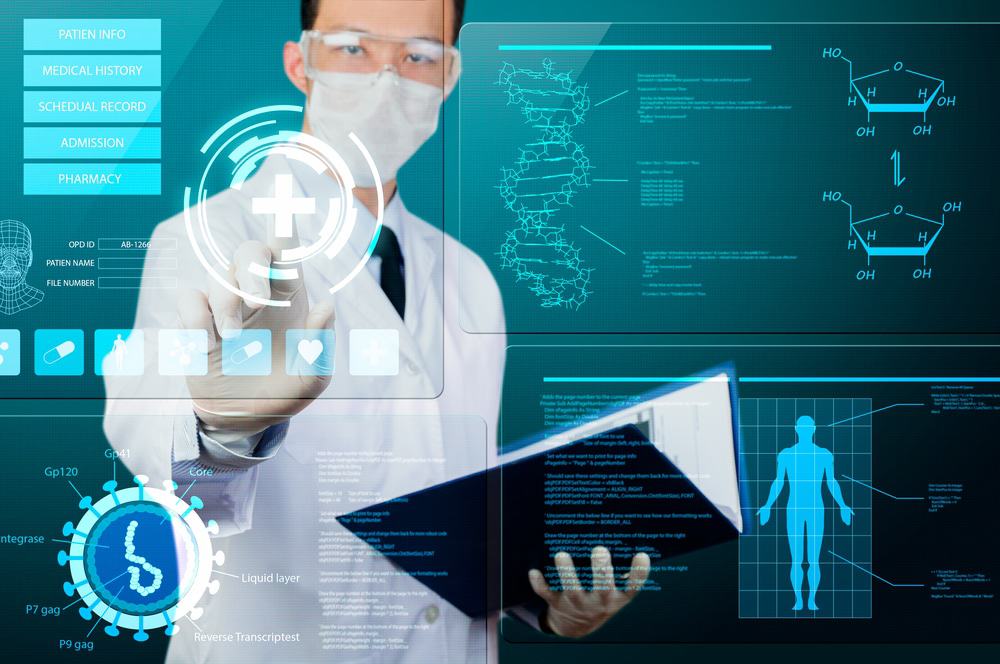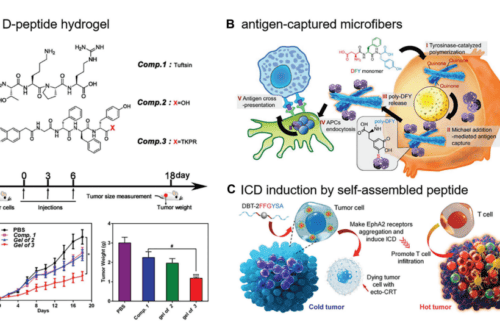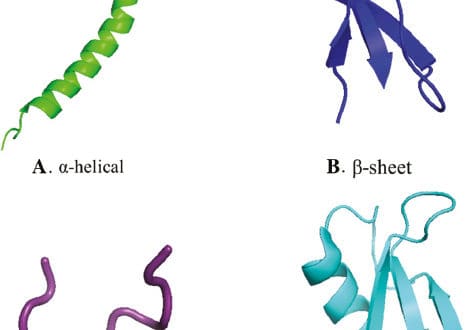
Embedding R inside the PhysPK Bio-simulation Software for Pharmacokinetics Population Analysis
Announcing a new article publication for BIO Integration journal. PhysPK stands as a flexible and robust bio-simulation and modeling software designed for analysis of population pharmacokinetics (PK) and pharmacodynamics (PD) systems. PhysPK equips users with standard diagnostic plots for pre- and post-analysis to delineate PK and PD within population-based frameworks. Furthermore, PhysPK facilitates the establishment of mathematical models that elucidate the intricate interplay between exposure, safety, and efficacy.
Enhancing simulation modeling capabilities necessitates seamless integration between commercial discrete-event PK and PD simulation tools and external software. This synergy can be amplified by incorporating open-source solutions, like R, which boasts a rich array of comprehensive packages tailored for diverse tasks, including data analysis (ggplot2), scientific computation (stats), application development (shiny), back-end web development (dplyr), and machine learning (CARAT). The integration of R within PhysPK holds the potential to efficiently interpret and analyze PK/PD output and routines using R packages.
This article presents a tutorial that highlights the incorporation of R code within PhysPK and the rendering of R scripts within the PhysPK monitor. The tutorial utilizes a two-compartment model for comparison against the analysis developed by Hosseini et al. in 2018 within the context of the gPKPDSim application and WinNonlin® software. The illustrative example that is provided and discussed demonstrate estimated and simulated plots, revealing negligible differences in the significance for CL and CLd (6.89 ± 0.2 and 45.5 ± 17.4 [reference], and 7.06 ± 0.32 and 49.04 ± 9.2 [PhysPK], respectively), as well as volumes V1 and V2 (49.15 ± 3.8 and 34.61 ± 5.2 [reference], and 48.8 ± 3.66, and 33.2 ± 3.95 [PhysPK], respectively).
This study underscores the potential of integrating open-source software, replete with an array of innovative packages, to elevate predictive capabilities and streamline analyses in PK methods. This integration ushers in new avenues for an advanced intelligent simulation modeling within the realm of PK, thus holding significant promise for the advancement of drug research and development.
BIO Integration is fully open access journal which will allow for the rapid dissemination of multidisciplinary views driving the progress of modern medicine.
As part of its mandate to help bring interesting work and knowledge from around the world to a wider audience, BIOI will actively support authors through open access publishing and through waiving author fees in its first years. Also, publication support for authors whose first language is not English will be offered in areas such as manuscript development, English language editing and artwork assistance.
BIOI is now open for submissions; articles can be submitted online at:
https://mc04.manuscriptcentral.com/bioi
Please visit www.bio-integration.org to learn more about the journal.
Editorial Board: https://bio-integration.org/editorial-board/
Please visit www.bio-integration.org to learn more about the journal.
Editorial Board: https://bio-integration.org/editorial-board/
BIOI is available on the IngentaConnect platform (https://www.ingentaconnect.com/content/cscript/bioi) and at the BIO Integration website (www.bio-integration.org).
Submissions may be made using ScholarOne (https://mc04.manuscriptcentral.com/bioi).
There are no author submission or article processing fees.
Follow BIOI on Twitter @JournalBio; Facebook (https://www.facebook.com/BIO-Integration-Journal-108140854107716/) and LinkedIn (https://www.linkedin.com/company/bio-integration-journal/).
ISSN 2712-0074
eISSN 2712-0082
Article reference: Embedding R inside the PhysPK Bio-simulation Software for Pharmacokinetics Population Analysis, Sánchez-Herrero, Sergio; Carbonero Martínez, Fernando; Serna, Jenifer; Cuquerella-Gilabert, Marina; Rueda-Ferreiro, Almudena; Juan, Angel A.; Calvet, Laura; BIO Integration, 2023, https://doi.org/10.15212/bioi-2023-0008




